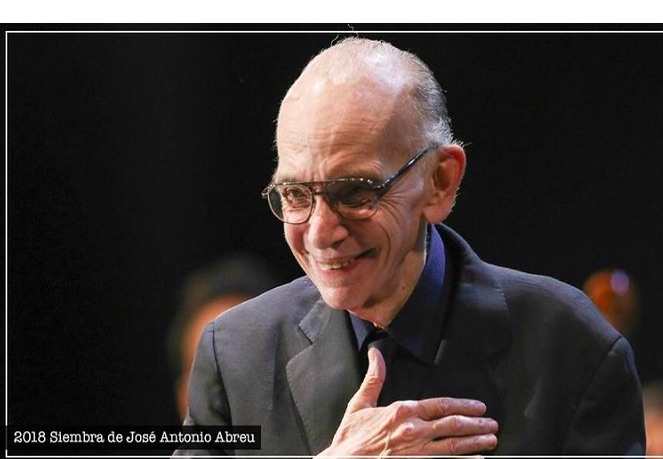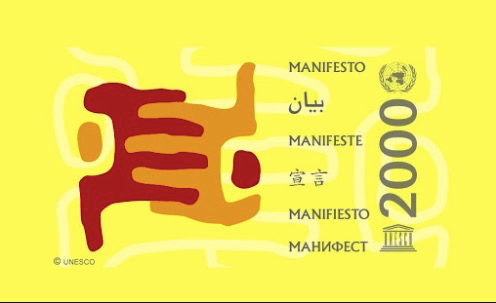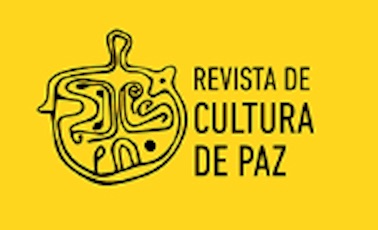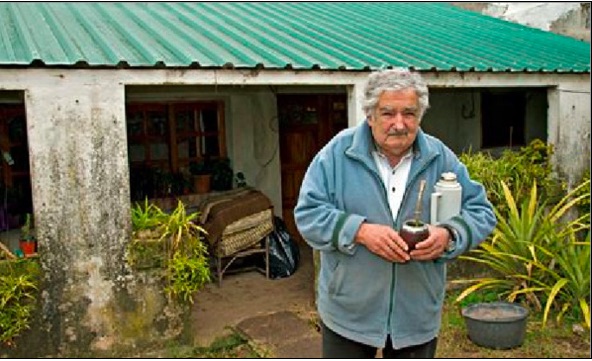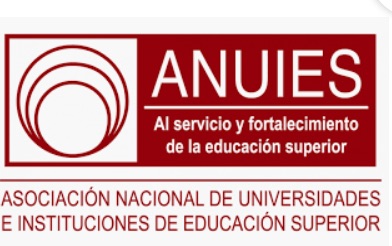… EDUCATION FOR PEACE …
An article by Débora Garofalo on the website of Universo Online
Despite the alarming news of the last few days, due to the Covid-19 pandemic, we received excellent news last week: three Brazilian teachers, are on the list of the TOP 50 of the biggest award for teachers in the world and considered the “Nobel of Education”, it is the Global Teacher Prize, announced by the Varkey Foundation, organizer/sponsor of the UNESCO partnership award.
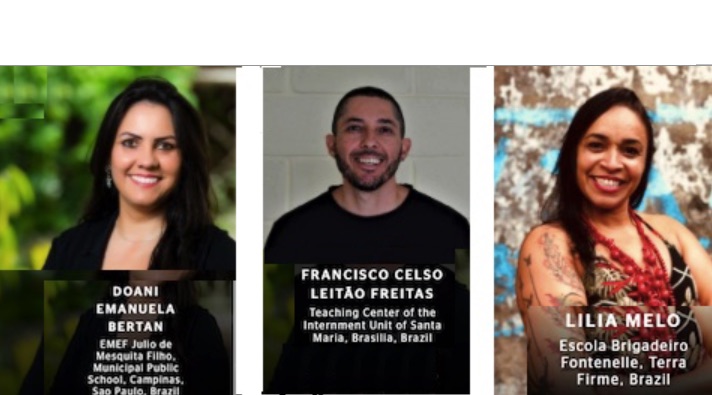
Photos from the site of Global Teacher Prize
In particular, it is a gift for me, since I was the first Brazilian woman and the first South American to arrive as a finalist in 2019, in the TOP 10. It recognized my work of robotics with scrap that consists of collecting garbage from the streets, materials and equipment recyclables in robotics prototypes, a job that ranked me among the best teachers in the world. The award was an incredible experience for me! In this same edition of the prize, we had Professor Jayse Ferreira, from Itambé, Pernambuco, among the TOP 50, with the winner being Professor Peter Tabishi, from Kenya.
This demonstrates the importance of recognizing and valuing teachers. The three finalist Brazilians of the 2020 edition, Doani, Francisco and Lília are public school teachers and their works were selected by an international jury. The work of these teachers has in common the engagement of students, mainly from poor areas with low income, in significant and transformative activities.
Discover the work of the Brazilian finalists
Doani Emanuela Bertan works as a bilingual teacher of Portuguese and Brazilian Sign Language. The school where she teaches is located in Campinas, São Paulo, in a poor area with high dropout rates. Doani and her colleagues started looking for new strategies to optimize learning. She teaches LIBRAS the Brazilian sign language system for her hearing impaired students and started promoting video calls to answer her questions and concerns in daily classes.
These online tutorials have become bilingual video classes, allowing knowledge to spread outside the school environment. In addition to using technology as a tool, they allow flexible learning times and spaces, they support parents and families, and they enable new educational experiences.
All of her classes have been uploaded to a YouTube channel and everyone now has free access. Her school stands out for its high enrollment of students with hearing impairments and teachers who promote LIBRAS as an effective inclusion tool. Doani’s commitment has led her to go beyond formal working hours and take advantage of the opportunities that technology allows.
Francisco Celso de Freitas is a history teacher, specialist in inclusive education and instructor of social mediators. He works at the Educational Center of the Santa María Penitentiary Unit, in the city of Brasília, where young people can attend classes from prison.
Francisco is the founder and coordinator of the RAP Project (Resocialization, Autonomy and Protagonism), that uses the musicality of rap and poetry as an emancipatory pedagogical tool capable of promoting the values of a culture of peace and human rights with historical ties.
The project serves about 150 adolescents (boys and girls), kept in the Unit of the Federal District of Santa Maria, who have had problems with the law, sometimes due to acts of violence, and who may be prone to self-harm and suicide attempts. The project’s young people benefited from socioeconomic education and rehabilitation, recording videos, participating in music and culture festivals and the resources produced by the project, such as music, video clips and e-books, that are put online for free so that others could enjoy benefits.
What is the relation between peace and education?
Francisco has received wide recognition and awards for the RAP project. He has participated in conferences and visited schools to give lectures on the value of this form of social mediation and resocialization, to combat the use and abuse of drugs, and to face various forms of prejudice and the decriminalization of urban culture.
In addition, he accompanies the youth after they complete their period in the Penitentiary Unit, to ensure that they will not return to the same cycle of violence that led them there. Most of the graduates have managed to reintegrate into society and some have dedicated themselves to rap, making presentations, recording albums and video clips with messages about freedom and meeting the demands of young people. Despite the harsh reality, Francisco has been able to inspire and motivate his students so that they understand that education is the path to new opportunities in life.
Lília Melo grew up in a disadvantaged area and since childhood she wanted to contribute to reducing social differences. She found her way in teaching. Lília Melo teaches poor children and young people in a needy and often violent area of Belém, in northern Brazil, where murders, drug trafficking and rape are common.
To help her students deal with the situation, Lília wrote a project entitled “Black youth from the periphery of extermination to protagonism” on improving art at school and in the community. She started offering weekend workshops on drum, capoeira, dance, theater, poetry, some at school, others on the streets and squares, which formed ties with the local community. After Lília wrote in the local media about her students being too poor to have access to Marvel’s “Black Panther” movie, local companies got together and funded 400 tickets so that young people could watch the film.
From the collection of photos and videos that narrated the film’s event, the idea arose to produce a documentary, which received several awards. Lília decided to reinvest the funds received in the purchase of equipment. They bought cameras, lenses and a new production was made by young students at the school.
The debates helped to reinforce the film’s message and reflect on the importance of representation in fiction. Eventually, the students themselves became protagonists as universities, museums and companies became interested and got in touch to listen to students and learn their stories, inviting them to give lectures. Instead of being quiet in an auditorium, students went there to be heard.
All of Lília’s projects were carried out with little infrastructure and little equipment. The school significantly increased enrollment rates, the dropout rate decreased and learning outcomes improved. Many of their students have become leaders in the arts, protagonists of their own history, being an inspiration to their community.
The above information about teachers’ work has been taken from the Global Teacher Prize website.
I think that being in the top 50 is a gift. These teachers were selected from more than 12,000 submissions from 140 countries, and they deserve our full recognition. We will be cheering, because they are deserving of everything they have been doing for Education.
Now, they become part of a group of 300 world ambassador professors, together with the finalists of previous editions of the award, with intense participation and annual meeting in different countries for the expansion and exchange of knowledge.
Being recognized among the best teachers in the world totally changes our conception of the role of teacher and increases our responsibility to continue to strive for quality education and equity for all.
All the teachers who go through this experience continue to serve as an example, among them, we can highlight the teachers Marcio Batista, Rubens Ferronato, Jayse Ferreira, Diego Mahfouz and Valter Pereira and many others who promote difference and are agents of transformation. We need to recognize, value and support our teachers. Congratulations, teachers, for transforming lives!
